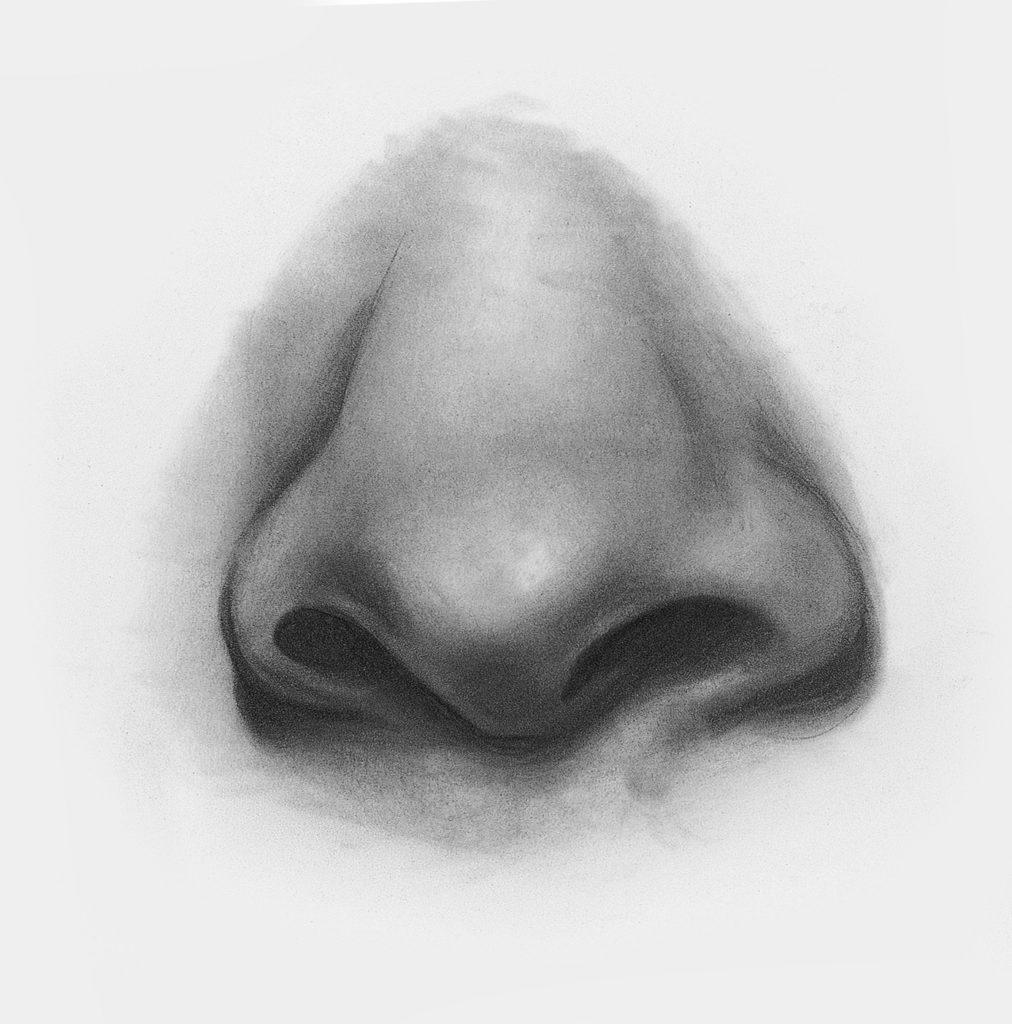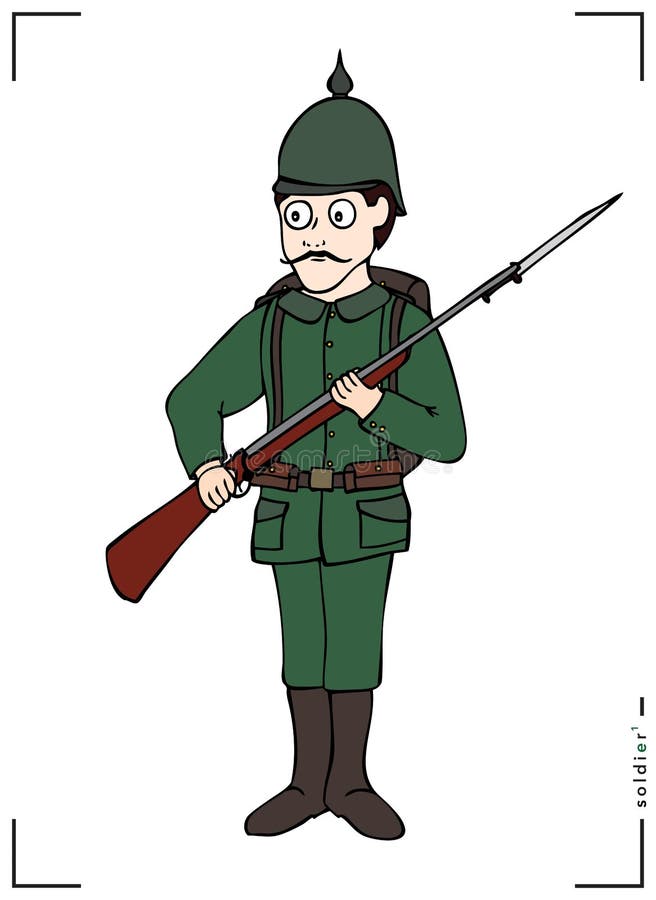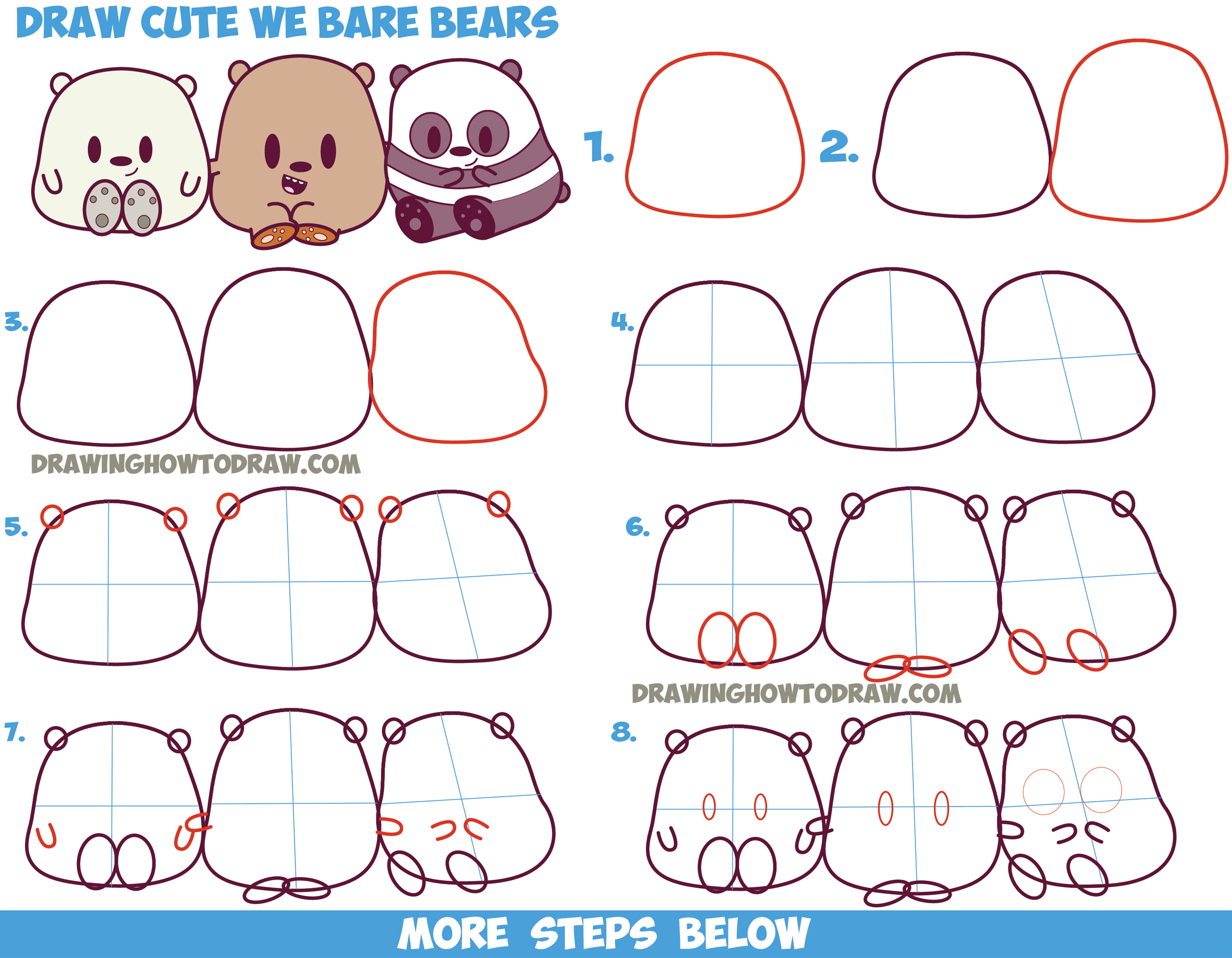African poc
Table of Contents
Table of Contents
Are you struggling to draw a realistic black nose? Do your sketches always end up looking flat and unrealistic? Don’t worry, you’re not alone. Many artists struggle with capturing the subtle nuances that make a black nose look three-dimensional and lifelike. In this blog post, we will go over some tips and techniques to help you master the art of drawing a black nose.
The Pain Points of Drawing a Black Nose
One of the biggest challenges when it comes to drawing a black nose is getting the shading and highlights just right. Without the right contrast and depth, your nose can look two-dimensional and unrealistic. Another common issue is accurately depicting the texture and shape of the nose. Black noses can have a unique shape, and it can be challenging to translate that onto paper. Lastly, it can be challenging to know where to start drawing a black nose, especially if you are working from a reference photo. But worry not, we have the tips you need to overcome these obstacles.
How to Draw a Black Nose
The key to drawing a realistic black nose is to observe the subject closely and pay attention to the details. Start by sketching the basic outline of the nose, including the nostrils and bridge. Then, add shading to create depth and shadows. Use a variety of pencils to create the desired depth, from light to dark. Pay attention to the highlights as well and add them sparingly where the light hits the nose. Use an eraser to create highlights and adjust any shapes or lines that don’t look quite right. Finally, add texture to the nose by using small, circular motions with your pencil or a blending tool.
Drawing a Black Nose – My Experience
I have been drawing for many years, and one of the most challenging aspects, for me, has always been capturing the realistic shape and texture of a black nose. However, by paying close attention to the highlights, shadows, and textures, I have learned to improve my technique significantly. I found that starting with a light pencil and building up the layers of shading helped me achieve a more natural-looking nose. Additionally, by taking the time to study photographs of black noses, I began to understand the shape and texture better, allowing me to add more depth and realism to my drawings.
Tips for Drawing a Black Nose
Here are some additional tips for drawing a black nose:
- Look for references and study the details carefully
- Use a variety of pencils to create depth and contrast
- Pay close attention to the highlights and shadows on the nose
- Practice shading and blending to create a natural texture
The Importance of References When Drawing a Black Nose
It’s essential to have a good reference when drawing a black nose. A photo or a live subject will help you to understand the shape and texture better. Additionally, having a reference will allow you to see the details better, allowing you to create a more natural and lifelike nose.
Creating a Lifelike Black Nose
To create a lifelike black nose, focus on the details. Pay attention to the unique shape and texture, and don’t be afraid to use a variety of pencils to get the right depth and contrast. Work slowly, building up the layers of shading, and take the time to study your reference. Finally, pay close attention to the highlights and shadows, and practice blending and shading to create a realistic texture.
Question and Answer
1. How Do I Know Where to Start Drawing a Black Nose?
A good place to start is by sketching the basic outline of the nose, including the nostrils and bridge. Then, focus on the shading and texture to create a more natural and lifelike nose.
2. How Do I Create a Lifelike Texture on a Black Nose?
Practice blending and shading with a variety of pencils to create a natural-looking texture. Pay attention to the highlights and shadows and work slowly, building up the layers of shading to create depth.
3. What Is the Key to Drawing a Realistic Black Nose?
The key to drawing a realistic black nose is to study your reference carefully and pay attention to the details. Use a variety of pencils to create depth and contrast, and take the time to build up the layers of shading slowly.
4. What Are Some Tips for Creating Contrast and Depth on a Black Nose?
Use a variety of pencils to create depth, from light to dark. Pay attention to the highlights and shadows, creating contrast and depth where the light hits the nose.
Conclusion of How to Draw a Black Nose
Drawing a black nose can be challenging, but with the right techniques, it’s possible to create a realistic and lifelike nose. Pay close attention to the details, including the texture, shape, and shading, and use a variety of pencils to create depth and contrast. With practice and patience, you’ll be able to master the art of drawing a black nose in no time.
Gallery
How To Draw A Realistic Nose - YouTube

Photo Credit by: bing.com / nose dessin realistic drawing draw nez drawings pencil step side different tutorial detailed dessiner painting et animalier jan choose board
Pin On Drawings

Photo Credit by: bing.com / african poc
Nose Reference Black And White - Echarse Wallpaper

Photo Credit by: bing.com / artists
Pin On Feelin Artsy★

Photo Credit by: bing.com / nose draw drawing pencil drawings lips sketch sketches faces easy
70+ Easy Nose Drawing Ideas 2022 - HARUNMUDAK

Photo Credit by: bing.com / noses harunmudak artistsnetwork






